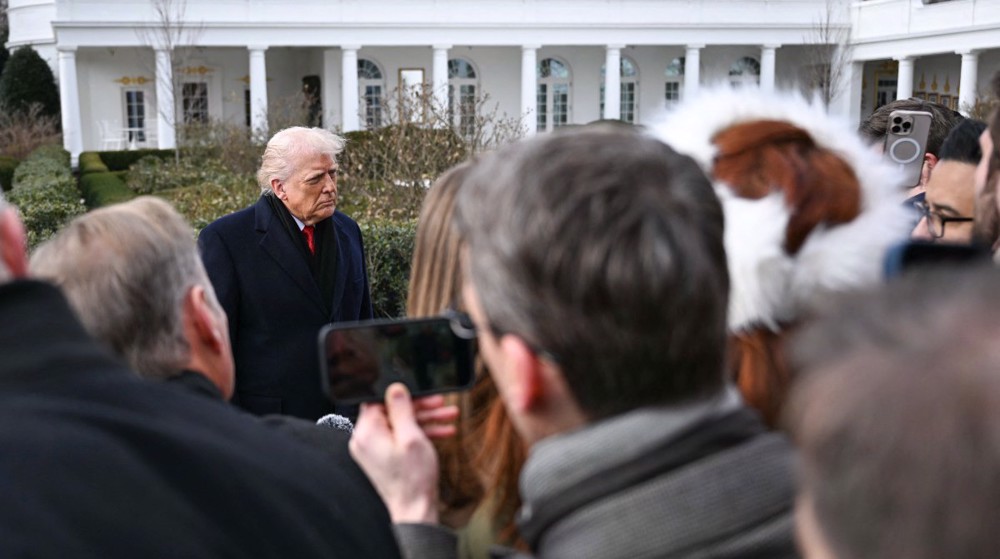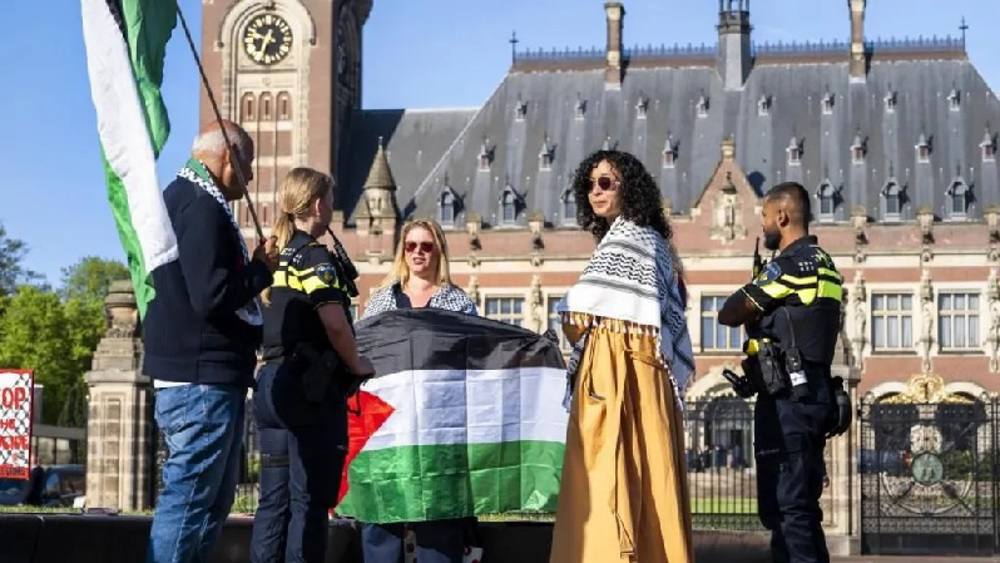Iran London Embassy siege still shrouded in mystery and unanswered questions after 41 years
Tomorrow marks the 41st anniversary of the culmination of the siege at the Iranian Embassy in London, an event with multiple hidden dimensions, and one which the UK is deeply reluctant to illuminate.
While the six-day siege - April 30 to May 05 1980 - was a tragedy for Iran – as demonstrated by the cold blooded killing of two embassy workers – by contrast the incident proved to be a bonanza for the UK’s Special Air Service (SAS), which subsequently cashed in on the incident by exporting its services and expertise to special forces around the world.
The terrorist takeover of the Iranian embassy, its bloody conclusion and aftermath continues to cast a shadow on increasingly fraught Anglo-Iranian relations.
Who were the terrorists?
One of the biggest unresolved issues of the embassy siege revolves around the precise motivation of the terrorists and the ease with which they were able to travel to the UK, settle in London and then plan and carry out their attack.
According to conventional wisdom the six terrorists were Iranian Arab separatists employed by Baathist-era Iraqi intelligence services.
Using Iraqi passports the majority of the terrorists arrived in London in late March 1980 and rented a flat in the wealthy district of Earl’s Court, West London.
According to multiple reports, the six men spent the next month making a nuisance of themselves and bringing much grief and discomfort to their neighbors.
They would regularly get drunk and would frequently bring prostitutes back to their home.
But amazingly this troublesome behavior had apparently gone unnoticed by the security-conscious British authorities.
This is all the more remarkable in view of the fact the UK is known to be an operationally hostile environment for foreign intelligence services.
The British Security Service (MI5) prides itself in its ability to detect and disrupt clandestine activity of the most sophisticated kind.
So the question remains as to why MI5 and its partners in Special Branch were not able to detect the terrorist planning and intent of a group of amateurish terrorists who made little to no effort to not attract attention to themselves?
Bloody outcome
Equally troublesome and mysterious is the fate of the terrorists. When the SAS stormed the Iranian Embassy on May 05 they deliberately set out to kill five of the terrorists on the spot, even though there were plenty of opportunities to incapacitate them with a view to detention and subsequent interrogation.
After all, if the terrorists were indeed acting on behalf of Baathist-era Iraqi intelligence then one assumes that MI5 would want to interrogate them so as to learn more about the priorities and modus operandi of their Iraqi rivals.
Even more strange was the SAS’s decision to spare one of the terrorists, Fowzi Badavi Nejad, who was allegedly subsequently tried and sentenced to life imprisonment.
The story gets even more bizarre when – despite the gravity of his crimes – Fowzi Nejad was released from prison in 2008 and allowed to settle in the UK, despite the British authorities’ right to deport him.
This has inevitably raised difficult questions about the true identity and role of Fowzi Nejad.
A lingering suspicion that refuses to go away is the possibility of Fowzi Nejad having been a British agent all along tasked with infiltrating an ostensibly Iraqi-directed terrorist group.
Fraught legacy
The 30-35 SAS team that raided the embassy brought much benefit to the British Special Forces sector and indeed UK foreign policy more broadly.
The dramatic storming of the embassy – captured live by the world’s media – brought much welcome attention and fat contracts for the SAS and its sister organizations in the British Special Forces community, notably the Special Boat Service (SBS).
The SAS also basked in decades of favorable publicity which continues to this day.
The latest propaganda stunt is the 2017 film 6 Days written and directed by Glen Standring and Toa Fraser respectively.
Like previous media productions, this film depicts events from a purely British point of view with the SAS’s dramatic raid into the Iranian embassy glorified as speeding up the desirable outcome.
But for Iran the event will be forever marked as a national tragedy, as two embassy workers – Abbas Lavasani and Ali Akbar Samadzadeh – were shot in cold blood by the terrorists.
Iran also had to endure the humiliation of having its embassy invaded by a terrorist gang voicing phony grievances.
The UK has yet to formally apologize to Iran for failing in its duty to protect its embassy in London.
More than four decades later, we are none the wiser as to what precisely motivated the embassy seizure and who were the ultimate controllers of the terrorist gang.
In view of the increasingly difficult relationship between Iran and the UK we could still be in the dark about the pertinent facts four decades from now.
Iraqi army assumes full control of Ain al-Asad airbase after complete US withdrawal
VIDEO | Trump main culprit of acts of terror in Iran
Iran restores SMS access, eases curbs on domestic messengers
Hamas says Israeli army, settlers coordinating West Bank attacks
Israel says Trump's Gaza oversight panel 'contradicts its policy'
Iran reports record natural gas processing capacity
US judge bars federal agents from pepper spraying, arresting protesters in Minnesota
Another Palestinian baby freezes to death in Gaza as Israeli limits stall winter aid










 This makes it easy to access the Press TV website
This makes it easy to access the Press TV website